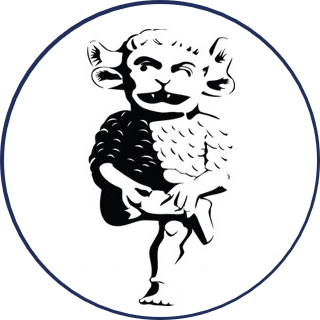
A former BBC journalist is working on new ways of reporting science.
Brady Haran was speaking at a workshop organised by the East Midlands STEM Partnership. Mr Haran, who has recently left the BBC to work as a freelance, said he thought traditional TV reporting of science was “a little bit boring”.
The event was run as part of STEM’s student journalist programme, which it hopes will interest youngsters in areas it promotes. It has over 90 students involved at 15 institutions. Another workshop at the event taught interview techniques for students interested in the programme. STEM is an organisation set up to promote science, technology, engineering and maths.
He is now working on a project called Test Tube, a series of short science films uploaded to YouTube.
Mr Haran complained about typical TV news reports about science, arguing that they condensed the information until it had lost most of its meaning.
He asked if anyone could “imagine if football was covered like that?” He joked about trying to fit a whole season’s worth of information into a 90-second report.
The “amazing journey” that scientists go on isn’t shown, said Mr Haran. “We don’t know any of the heartache or the journey.”
Test Tube was about “capturing this journey”. Mr Haran said: “The reason why people do not like watching science films that are being made is because they are not very real.”
Traditional TV news forced the pictures. Reporters “think of some tenuous link to the real world”, and film scientists doing things that have nothing to do with their work.
With Test Tube, which you can see here, he hopes to make science journalism more interesting. “Try new ways of telling stories. You can try things and find out what works and find out what makes interesting journalism…Ask the questions you want to ask. Don’t be afraid of asking stupid questions or the question that’s in your head.”
Mr Haran is working on two science projects alongside Test Tube, with the University of Nottingham.
Periodic Videos is a set of films about each element of the periodic table, available here. The other, Sixty Symbols, is about explaining the symbols of physics and astronomy, available here.
